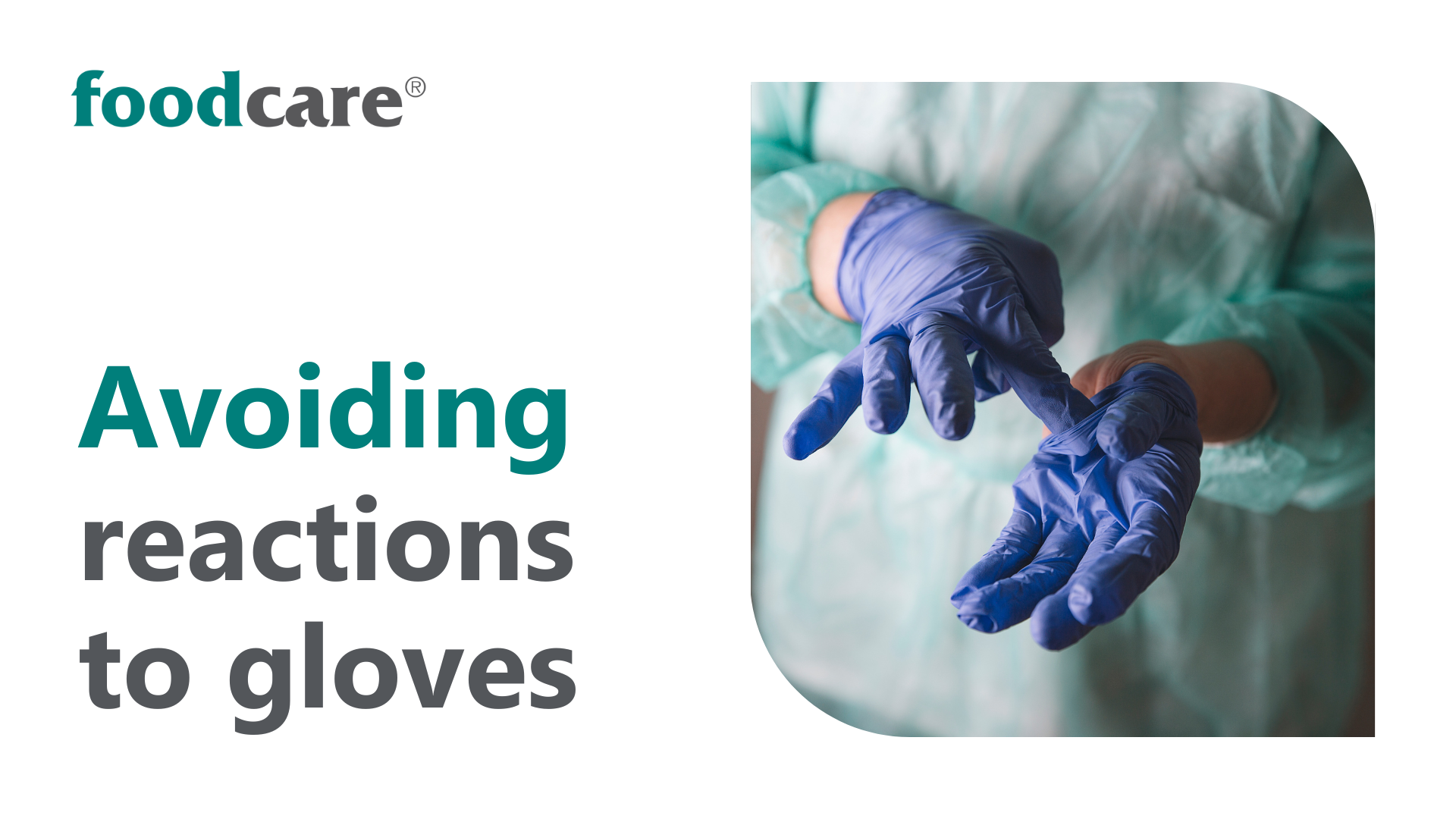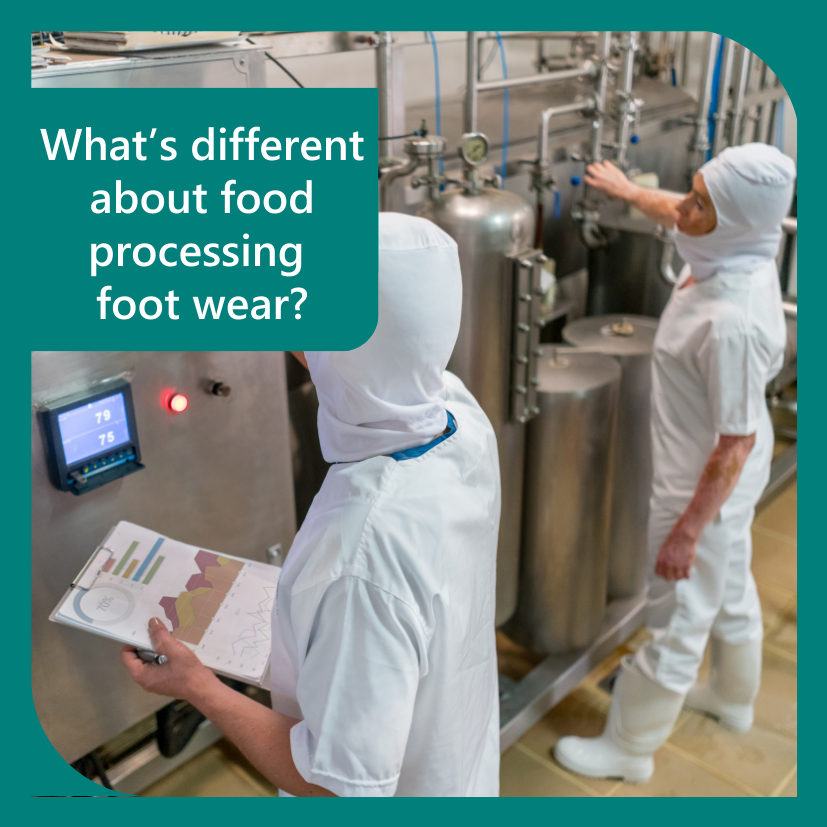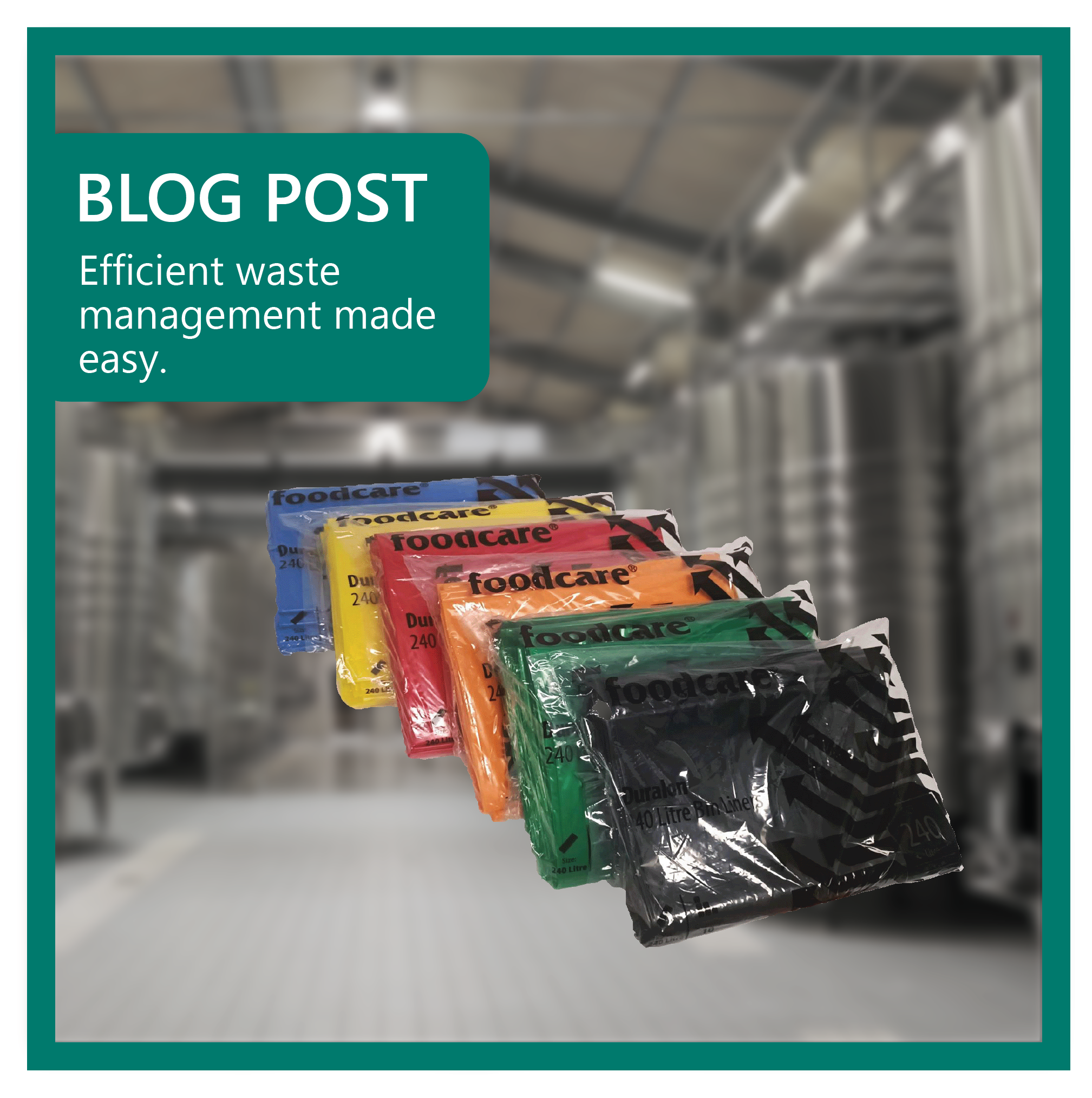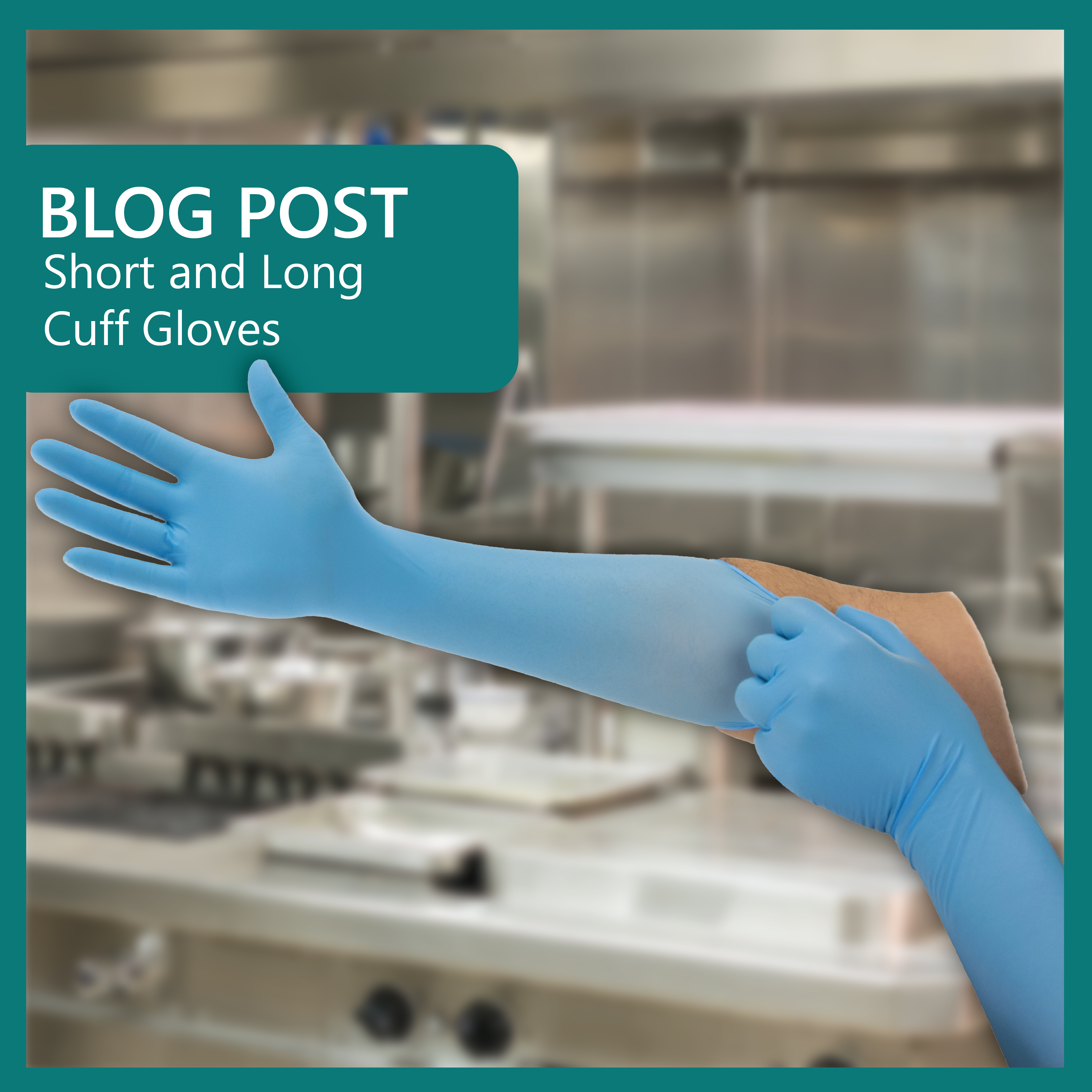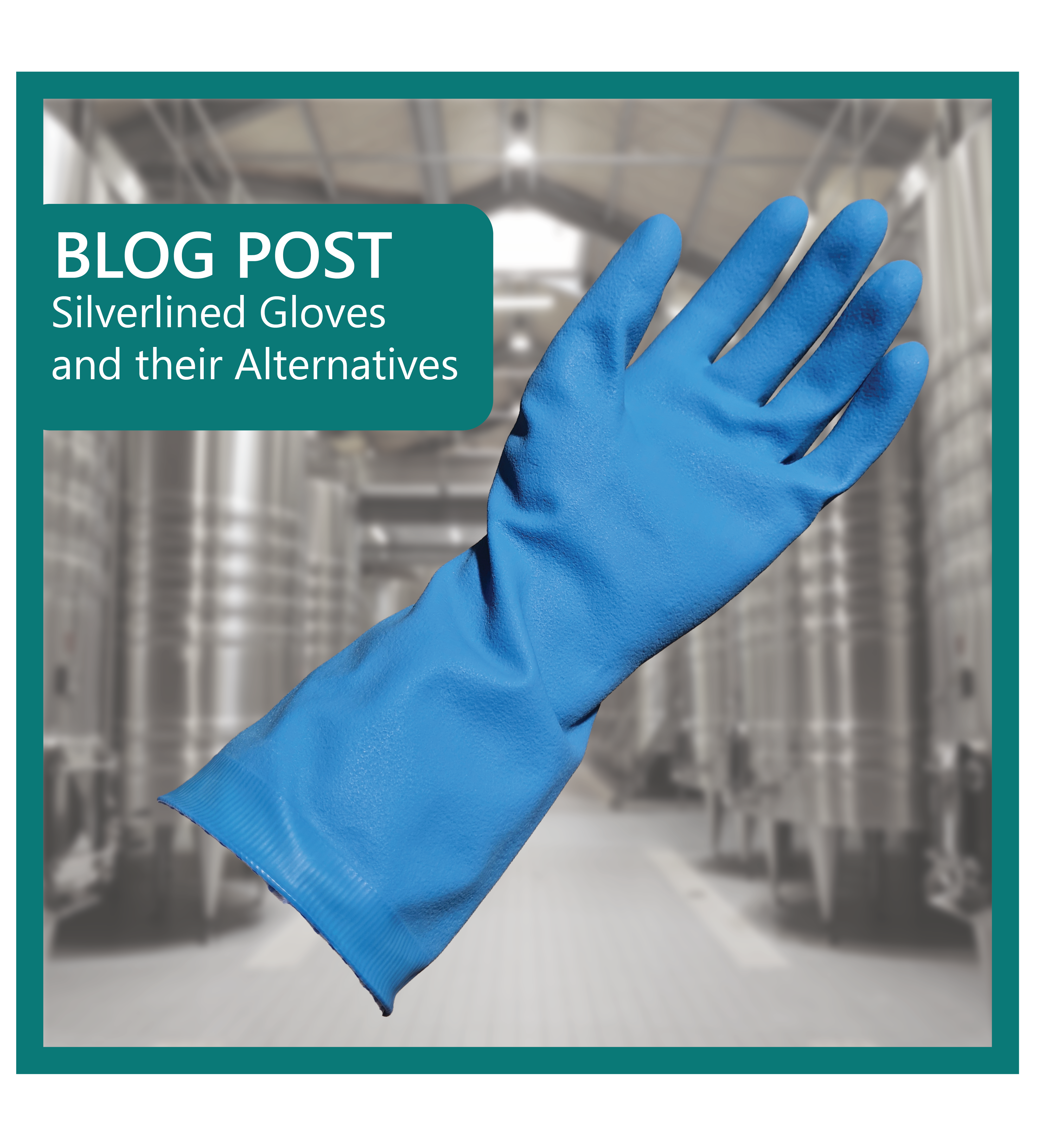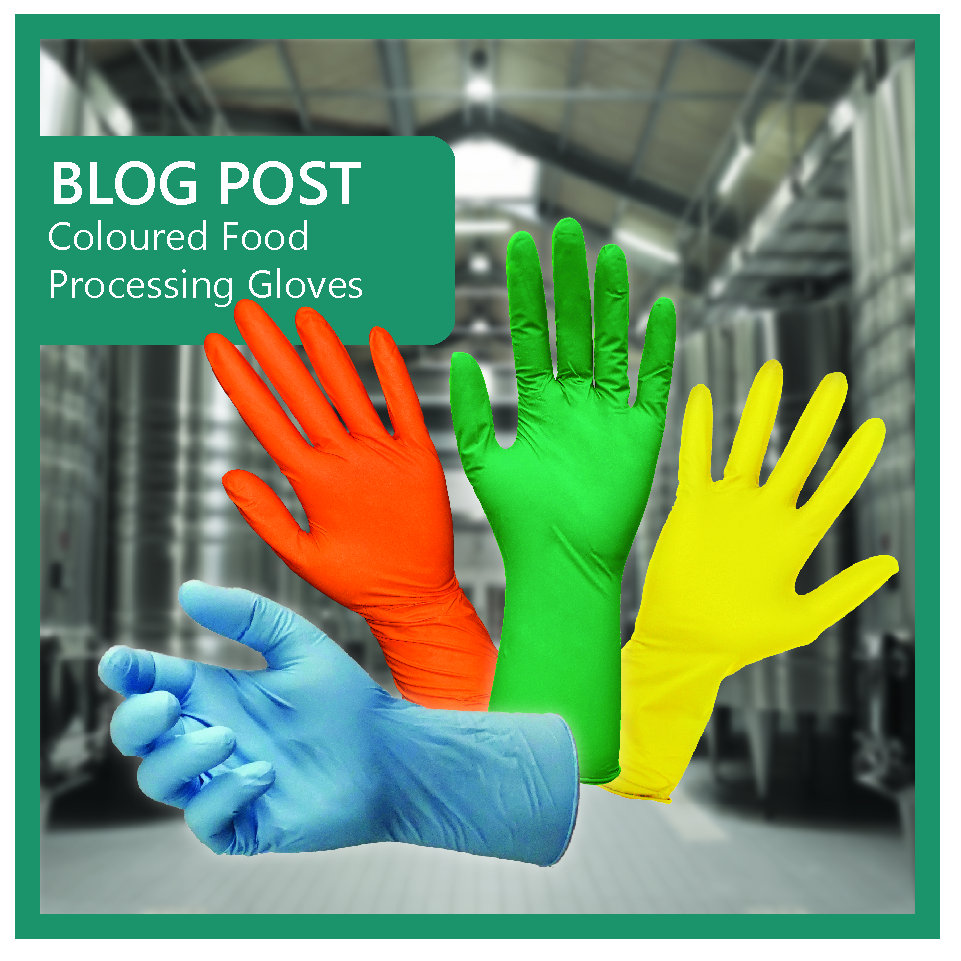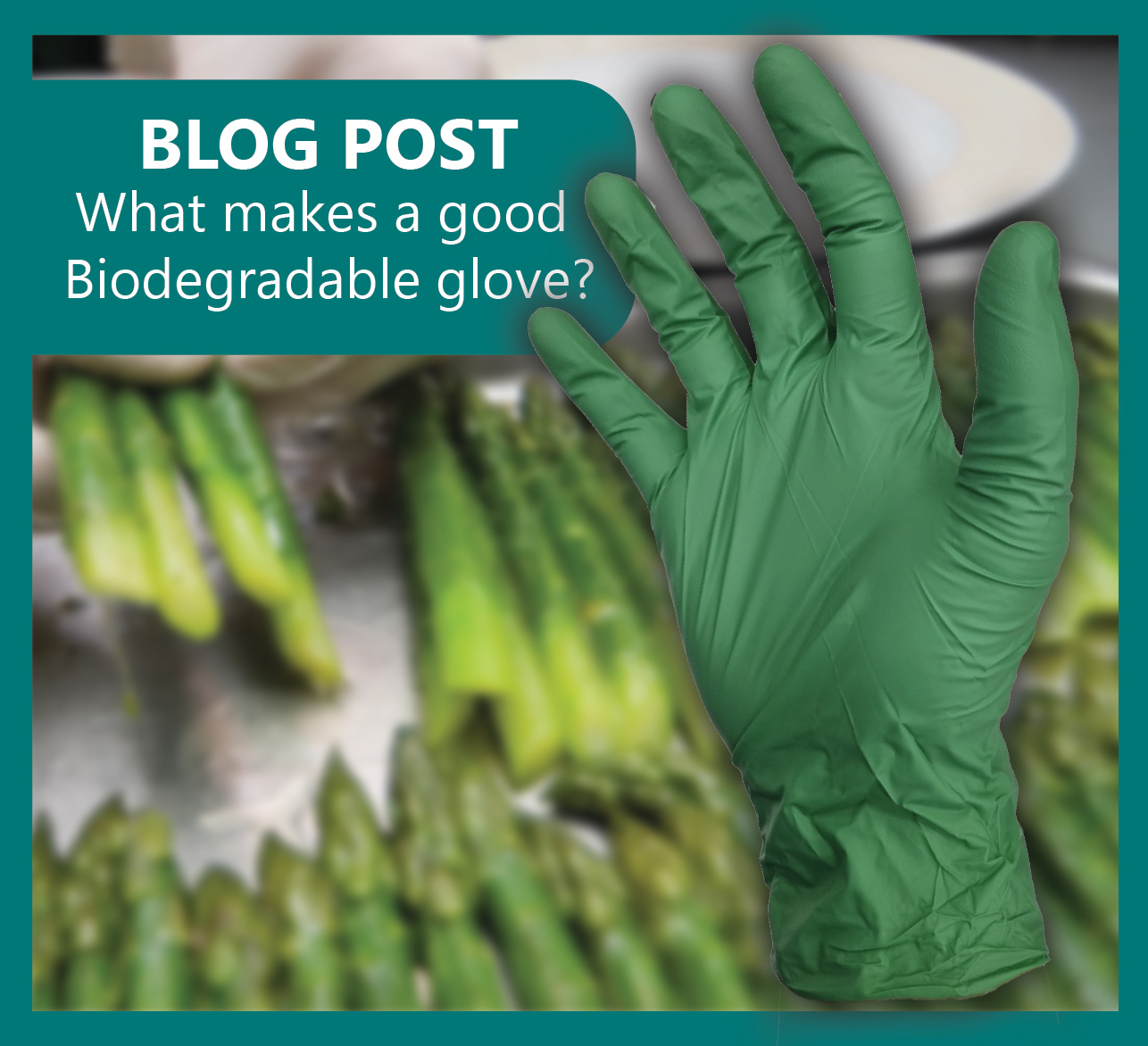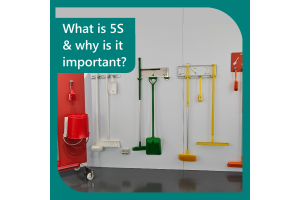Food processing products
-
Posted: February 15, 2024Read more »
The choice of glove for your production area is profuse. Commonly the thickness, colour, and material type are considered to suit your task and ingredients. But have you considered your staff's comfort?
For most staff, gloves are a non-negotiable part of their uniform. For others, however, gloves cause serious discomfort.
The most frequent complaint of reaction to gloves occurs with natural latex gloves. This allergic reaction can include rashes, blisters, and itchiness, or in severe cases – anaphylaxis.
While a rash may seem a minor complaint, reactions often intensify with continued use. There have also been situations where allergic reactions have developed over t -
Posted: September 26, 2023Read more »
What's different about food processing Footwear?
The intense focus on hygiene within the food industry necessitates specialized footwear. The conditions in which employees work and the prolonged periods they spend on their feet dictate the need for high-quality boots.
Selecting the appropriate footwear offers numerous benefits, such as increased employee satisfaction, reduced slip-related injuries and complaints, enhanced productivity, and minimized hygiene-related risks.
In food processing, the primary types of footwear are gumboots and leather shoes. The attributes that make these shoes suitable for the food industry include:
Leather Footwear Considerations:
Elastic vs. laced designs play a crucial role. Some facilities prohibit shoelaces due to the contamination risk they pose, especially when walkways or platforms exist above production lines.
-
Posted: September 04, 2023Read more »
Blue is associated as the food industry colour, as it contrasts the majority of ingredients.
This, of course allows visual detection in the unlikely case of it falling into production. However, the use of coloured PPE has increased within the industry to manage contamination and hygiene risks, with no change to PPE quality or cost.
So, why not just use blue?
Reputational damage from a cross-contamination event is just not an option, not to mention the cost of this on your business. While blue allows for easier foreign object traceability, it doesn’t safe-guard from the possibility of mis-handling product, for example allergens.
This is where colour coded PPE comes in. -
Posted: April 26, 2023Read more »
Could your waste be of value?
Efficiency and time are crucial factors for the success of any production site, to meet efficiency standards while reducing environmental impact. Although waste is an inevitable by-product of production, utilizing coloured bin liners allows for more efficient management and disposal of waste.
How can coloured bin liners help?
Colour coding has proven successful throughout the industry, as its quick visual recognition allows employees to speedily distinguish between ingredients. This prevents any potential health hazards such as cross-contamination. Coloured bin liners could be utilised in this same way. For example, to segregate ingredients that can be reused, recycled, composted, or that are potentially harmful.
-
Posted: March 13, 2023Read more »
In the food processing industry, choosing the right type of glove can be a challenging decision, as it is one of the most critical food processing consumables. Often However, the length of the cuff is a forgotten consideration. Explore the differences between long cuff and short cuff gloves and help you determine which one is right for your food processing needs.
Short cuff gloves, or standard cuffs, are typically 240mm (from cuff to tip of middle finger) and normally extend to the wrist.
Long cuff nitrile gloves are typically 280-300mm long (from cuff to tip of middle finger). Extending past the wrist.
Extra-long cuff are also available, ranging from 400mm and even up to 600mm. These gloves can extend up the arm, often up to the elbow or even higher.Which One is Right for You?
Disposable gloves are used in such a vast array of circumstances, across many industries.
There are many subtle differences in gloves,
-
Posted: February 23, 2023Read more »
In the food processing industry, workers are often exposed to various work environments that require different types of personal protective equipment (PPE) to maintain hygiene standards. Among the body parts most susceptible to harm are the hands, which are prone to burns, cuts, and exposure to harmful chemicals.
To facilitate easier hand insertion, a grey-coloured coating is applied on the inside of rubber latex gloves. So-called silver lined gloves are generally thicker and offer better resistance to chemical and abrasive hazards than disposable nitrile gloves, making them a good choice for tasks that require heavy-duty protection. They also have better temperature resistance than disposable gloves.
Although silverlined latex gloves are an excellent option for protecting against these risks, a small percentage (less than 1%) of individuals may experience allergic reactions.
-
Posted: February 10, 2023Read more »
In the food processing industry, colour coding is an effective way to prevent cross-contamination and reduce the risk of allergen exposure.
Designating a specific colour to different ingredients or parts of the process allows employees to identify and maintain food safety standards quickly.When deciding which colours to use, it's important to start by identifying which ingredients require segregation. For example, if you have allergens such as nuts or gluten in your food processing site, it's important to consider the colour
-
Posted: January 16, 2023Read more »
Why is biodegradability so important?
Biodegradability is a crucial aspect to consider when it comes to protecting our environment and reducing the amount of plastic waste that ends up in landfills. Biodegradable plastics break down into natural substances like water, carbon dioxide, and biomass, rather than persist in the environment like traditional plastics. This helps to reduce plastic pollution and its negative impact on ecosystems and wildlife.
It is important to note the difference between oxo-degradable and genuine biodegradability. Oxo-degradable plastics contain additives that cause them to break down when exposed to certain environmental conditions, such as heat and UV light, but they do not break down into natural substances and can persist in the environment for a long time.
Although disposable gloves are essential for maintaining food safety and preventing the spread of germs and bacteria, the number of gloves used and discarded is substantial, and
-
Posted: July 11, 2022Read more »
What is the best hearing protection?
Hearing protection may be necessary if machinery is used in your processing plant. Hearing protection is so important to reiterate due to its long-term impact on your team members.
Any type of hearing protection is beneficial but what is the best option?The two most common types of hearing protection; are earplugs or earmuffs. Earplugs are inserted into the ear, while an earmuff is worn over the head and covers the ear. However, both can leak noise if not properly applied. Earmuffs are cost-effective and reusable, but the hygiene excellence of earplugs is unsurpassed.
Earmuffs- Compliance – It is easier to check visually that they are in place and worn correctly.
- When worn properly – they are a secure fit and there is a lower risk of them falling off and into food products.
- Reusable – cost-effective although less hygienic
-
Posted: June 24, 2022Read more »
Most (if not all) of those who work in the Food Processing industry is familiar with hairnets. They can also be referred to as bouffant or mob caps, berets, or even caterpillar or crimped hats. The primary purpose of a hairnet is to prevent hair from falling into production. There can also be vast differences between the various types of hairnets.
Here is a list of the standard features across the various types of hairnets to help ensure maximum hair containment:
- Size
- Shape
- Material
- Weight of material
- The elastic
- The weld
- The colour
- Packaging
How can these features impact you?
Firstly, the size. The size depends on the amount of hair which will determine the size hairnet required. The two main measures are 21” and 24”; team members with long hair will find 24” hairnets are more suitable as they hold the weight more comfortably.

